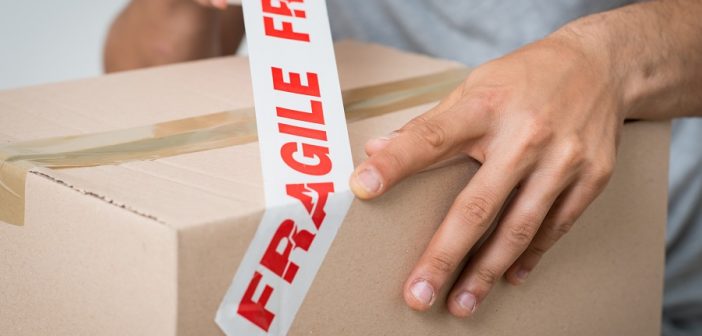Adhesive tape is available in two main forms: cellophane-finish used for wrapping and Matte finish used for labeling. Most people use heavy duct tape in home repairs and double sized tapes for posters. Other types of tape include the brown tape, used in wrapping packages. The act of joining two substances with tape has been practiced for many years and many people have never stopped to ask how tapes work.
Surprisingly, the tape itself does not play a major role in joining two or more materials together. The type of adhesive used on a tape determines its effectiveness. Sticky tapes are unique because they primarily rely on physical processes to adhere and not chemical ones. However, sticking things together did not certainly begin with tapes. Natural glue made from animal collagen was used by woodworkers in ancient Egypt. In addition, resin and beeswax have been used to effectively hold materials together for many years.
Although some companies still use epoxy and natural glue for packaging, they have many drawbacks including the fact that they are messy and are not as effective as packaging tape. Today, many companies use personalized packing tape made of various materials including rubber, silicone, and acrylic. A resin material is often added to the tape to make it stickier.
Many companies also use adhesives made from polymers that rely partly on physical force for them to stick. Some of the benefits of this type of adhesive are that they are flexible and removable. Two major processes initiate the pressure-sensitive bond: wetting, which sets up adhesion and Van der Waal’s force, which makes the adhesion stickier.
Wetting refers to the process of applying an adhesive on a material. Tapes with gel-like or solid adhesive are good for wetting because of their low surface energy. This makes it easy for the adhesive’s molecules to move relatively easily into the pores of the substrate material even in solid form. However, some pressure may be required to enhance the bond. The strength of the physical bond is determined by the adhesive’s ability to flow into the substrate. The deeper the molecules seep into the substrate material, the stronger the bond becomes with time.




